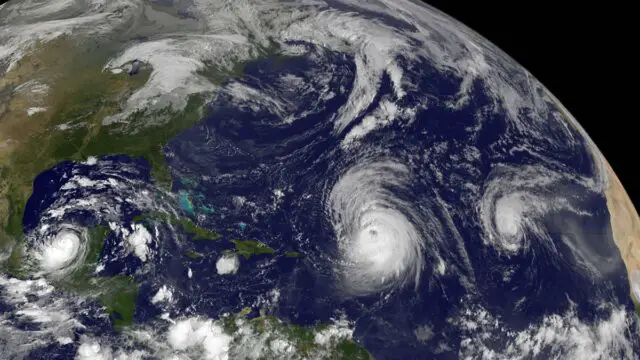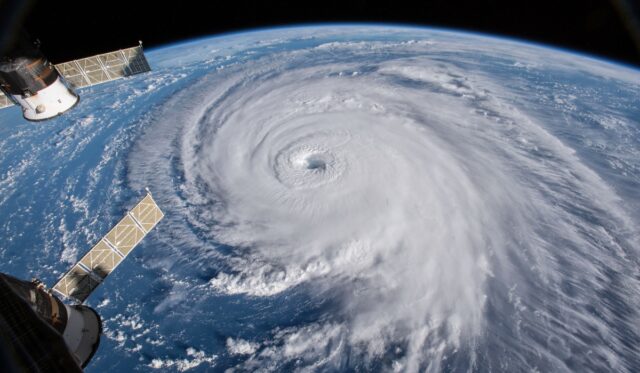An unmanned marine vehicle, the Saildrone, was deployed this week in the waters of Tampa Bay (west coast of Florida) as part of a program to help understand and predict the intensity of hurricanes, reported the company of the same name that owns these drones.
The Saildrone is an unmanned surface vehicle (USV) capable of passing through the eyewall of a hurricane and overcoming waves up to 50 feet high (15 meters) to transmit real-time meteorological and oceanographic data, in addition to providing information on how cyclones intensify in the Atlantic and Gulf of Mexico.
Last Tuesday, the American company Saildrone continued its second annual hurricane mission with the launch of one of these marine drones from the coastal city of St. Petersburg, a program carried out in collaboration with the National Office of Oceanic and Atmospheric Administration (NOAA).
In total, Saildrone, whose ocean mapping headquarters are in the aforementioned Florida city, this month launched seven of its USVs for the study of the atmosphere, five of them in Atlantic waters from Jacksonville, on the east coast of Florida, and the US Virgin Islands.

“We are excited about expanding this effort to collect vital data in both the Atlantic and Gulf of Mexico,” Richard Jenkins, CEO of Saildrone, said in a statement. He explained that the company he runs opened an office in Florida earlier this year with the aim of mapping the entire seabed around the state and “help predict both the intensity of storms and storm surges.”
A preventive measure
Although the Atlantic basin has remained calm in these first two months of the cyclone season, the NOOA warned that a “higher than normal” hurricane season is still expected and urged the population not to let their guard down.
NOAA’s 2022 Outlook Update, which covers the entire hurricane season (which began June 1 and ends November 30), forecasts between 14 and 20 named storms with 39 mph winds. or more (62 km/h), of which between 6 and 10 could become hurricanes with winds of 74 m/h or more (119 km/h), detailed the federal entity.
The deployment of these marine drones is part of NOAA’s effort to understand hurricane intensification by using “other observational tools, such as underwater gliders, surface floats, and hurricane hunters and drones” to get “a deeper view deeper than ever from the formation of destructive storms.
Transforming the way Hurricanes are monitored
“These unmanned systems have the potential to transform the way NOAA accomplishes its mission to better understand the environment,” said Capt. Philip Hall, director of NOAA’s Unmanned Systems Operations Center as he evaluated these valuable “technologies.” systems” that can “collect data in places we can’t reach with other observing systems.

NOAA Research will use the data collected by these sea surface drones to “improve hurricane forecast models.” That data will also be archived by NOAA’s National Environmental Satellite, Data and Information Service (Nesdis) and sent by NOAA in near real-time to the World Meteorological Organization’s (WMO) Global Telecommunications System (GTS).

For those who have experienced shifts in consciousness and know that more peace, joy, and love awaits in a better living environment. A bold shared vision. A living community and hub for innovation. A sustainable ecosystem for living and working. A model for the new future.
